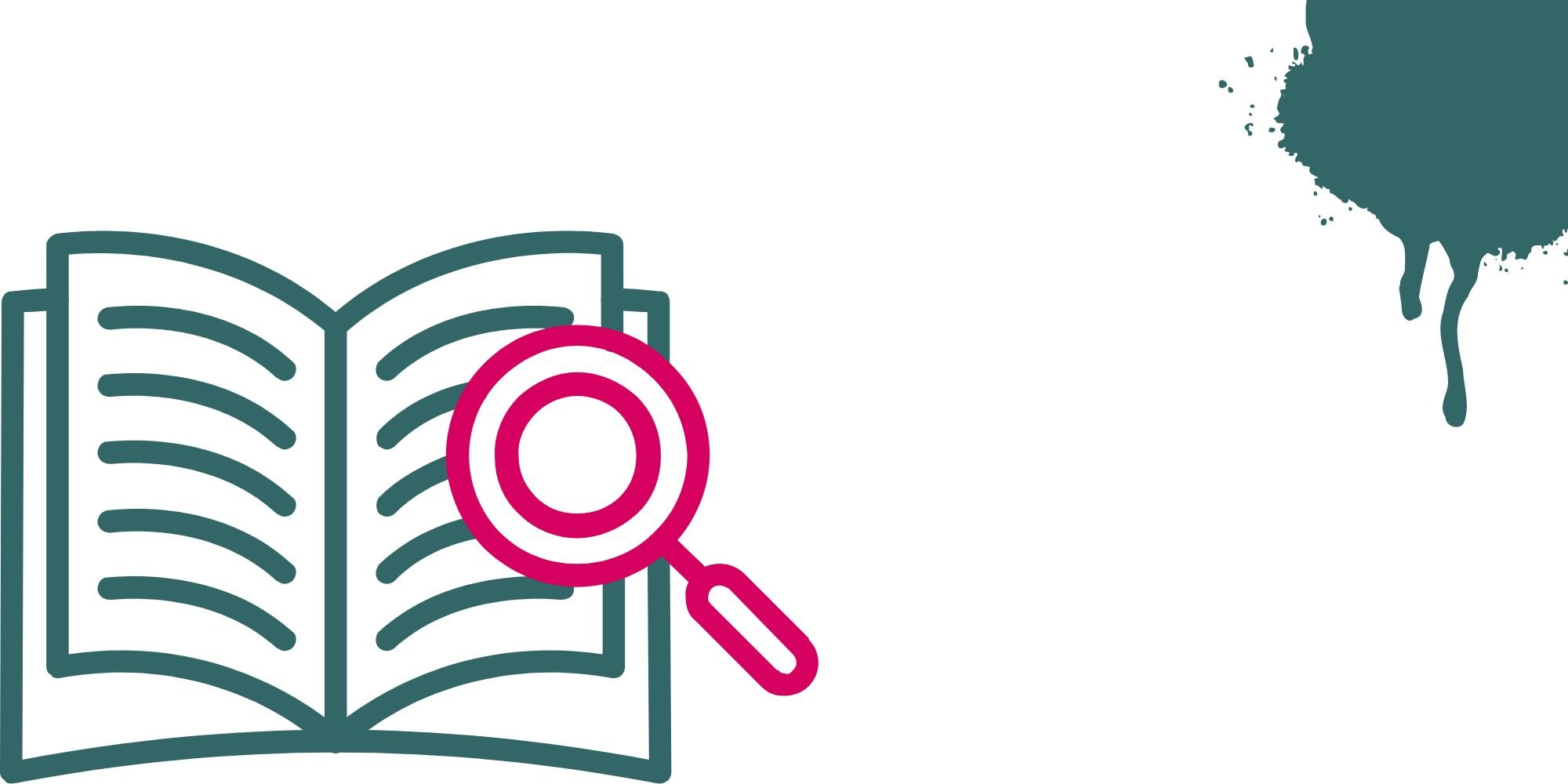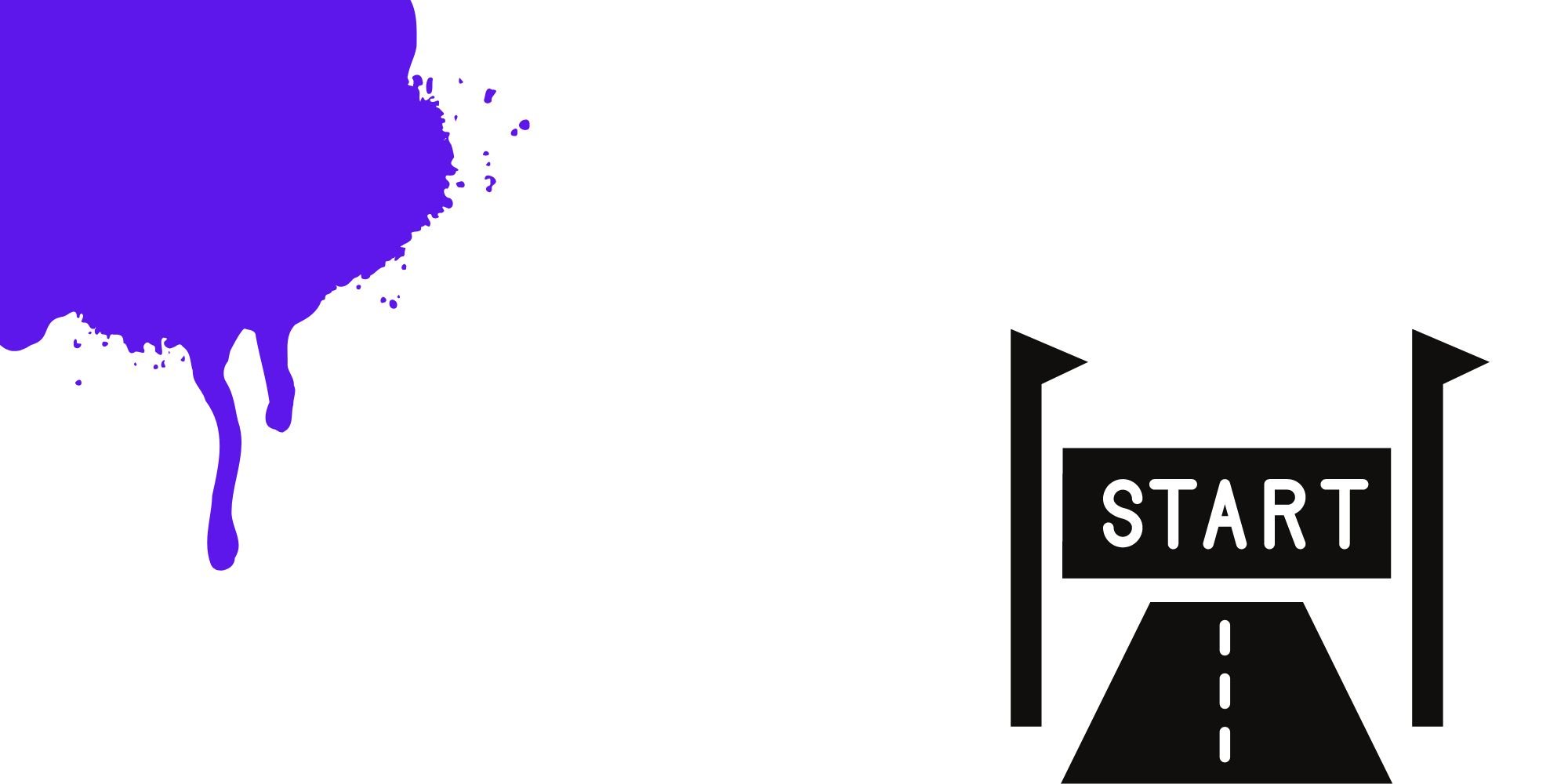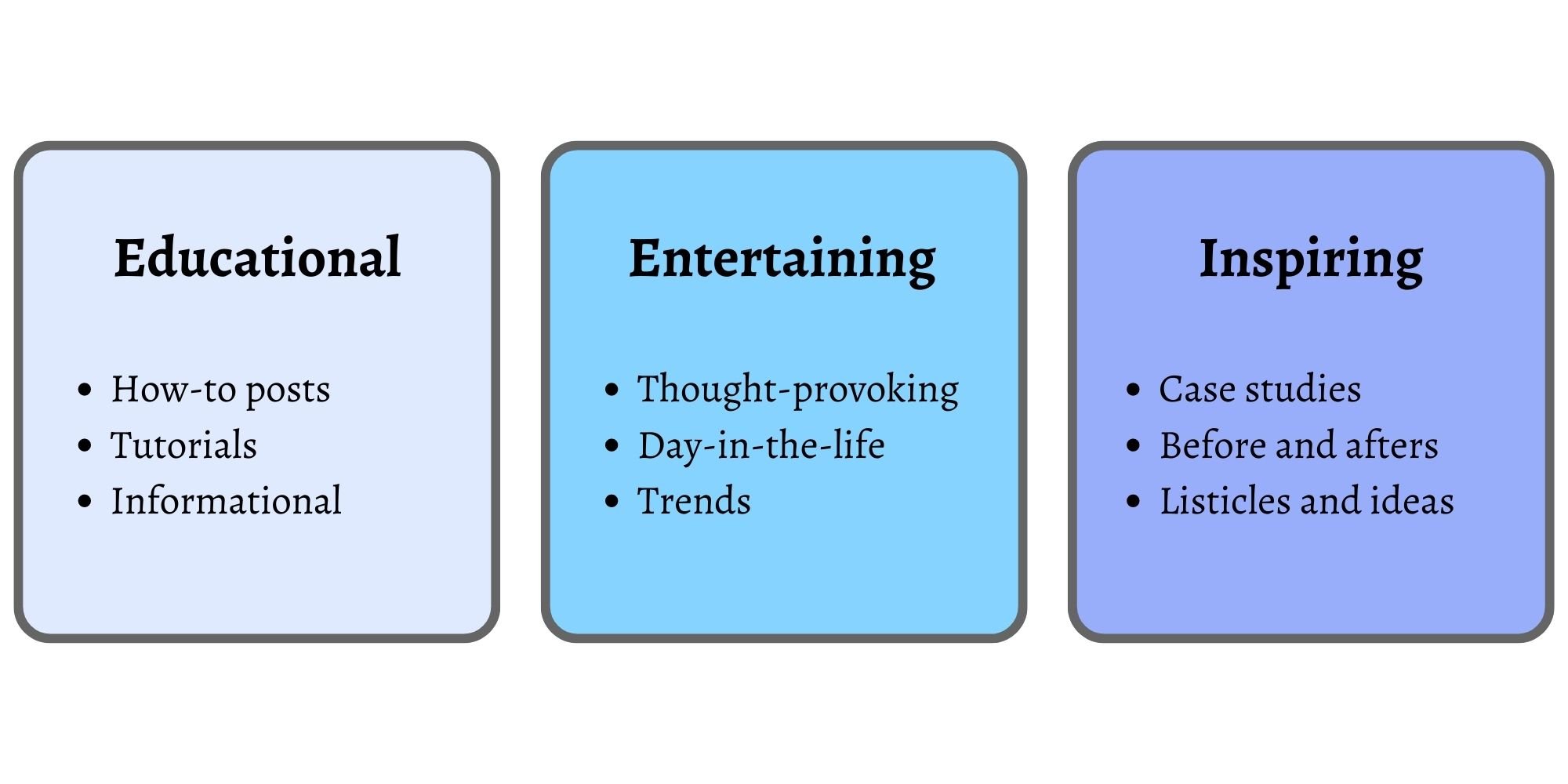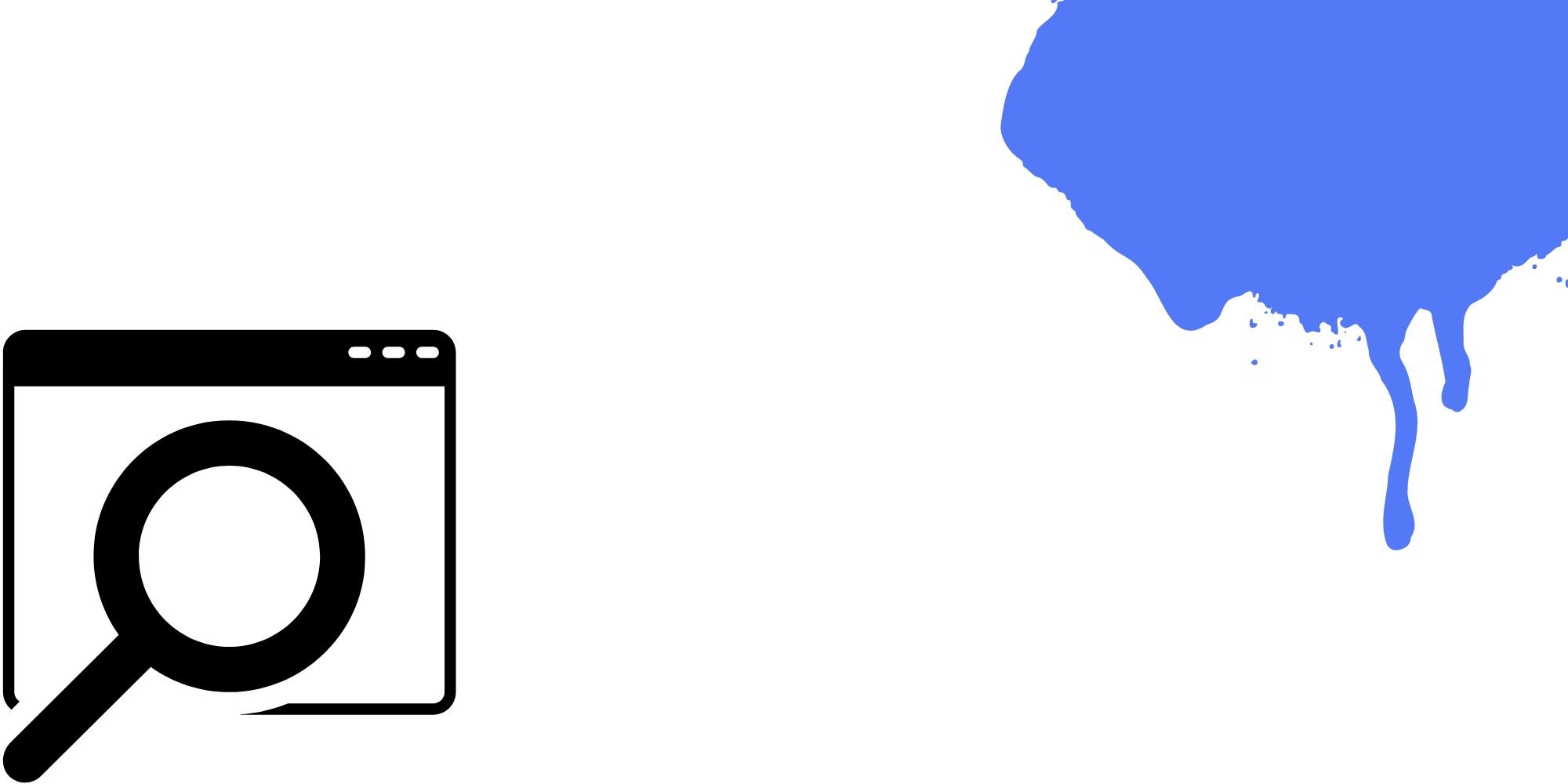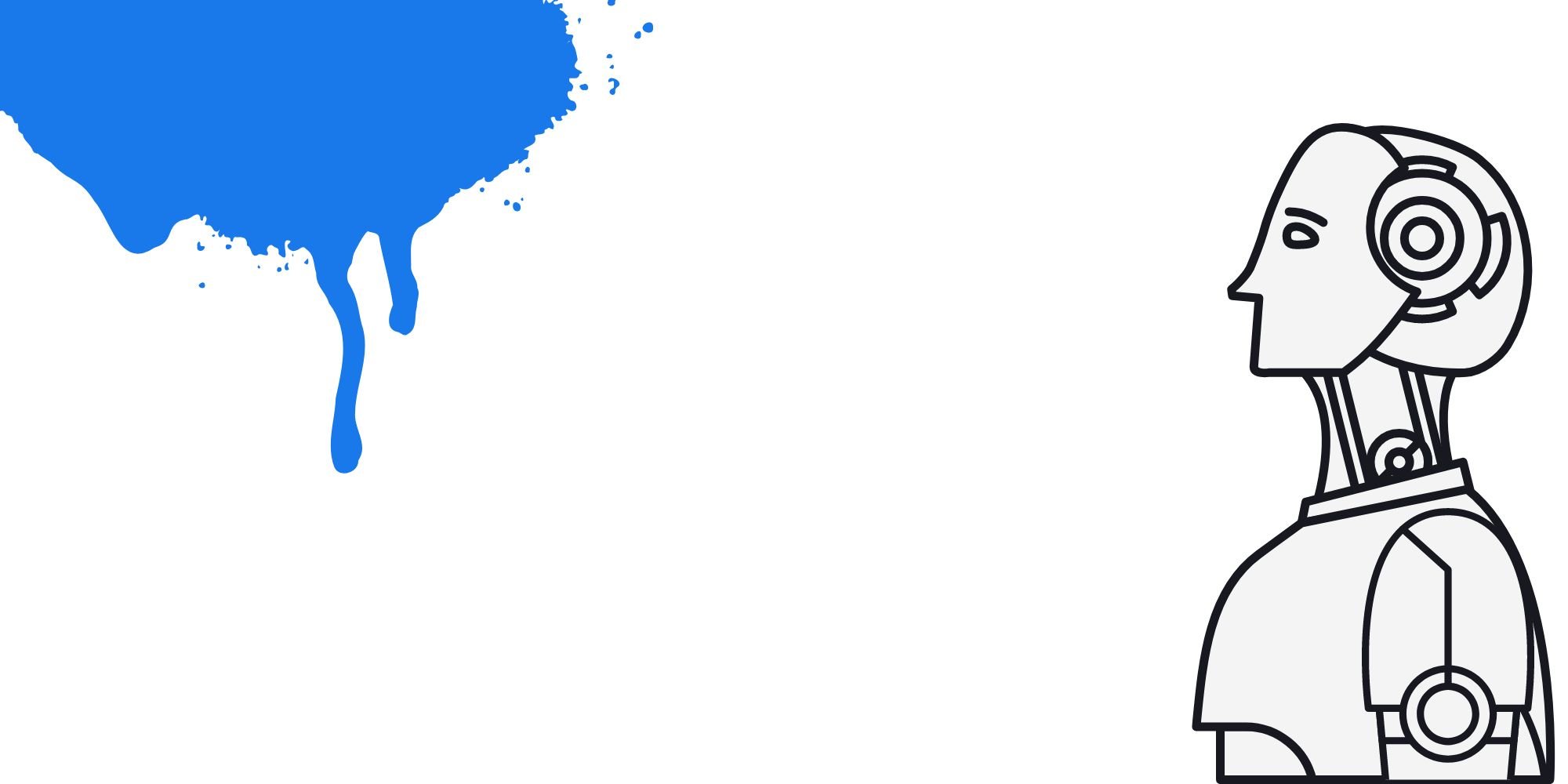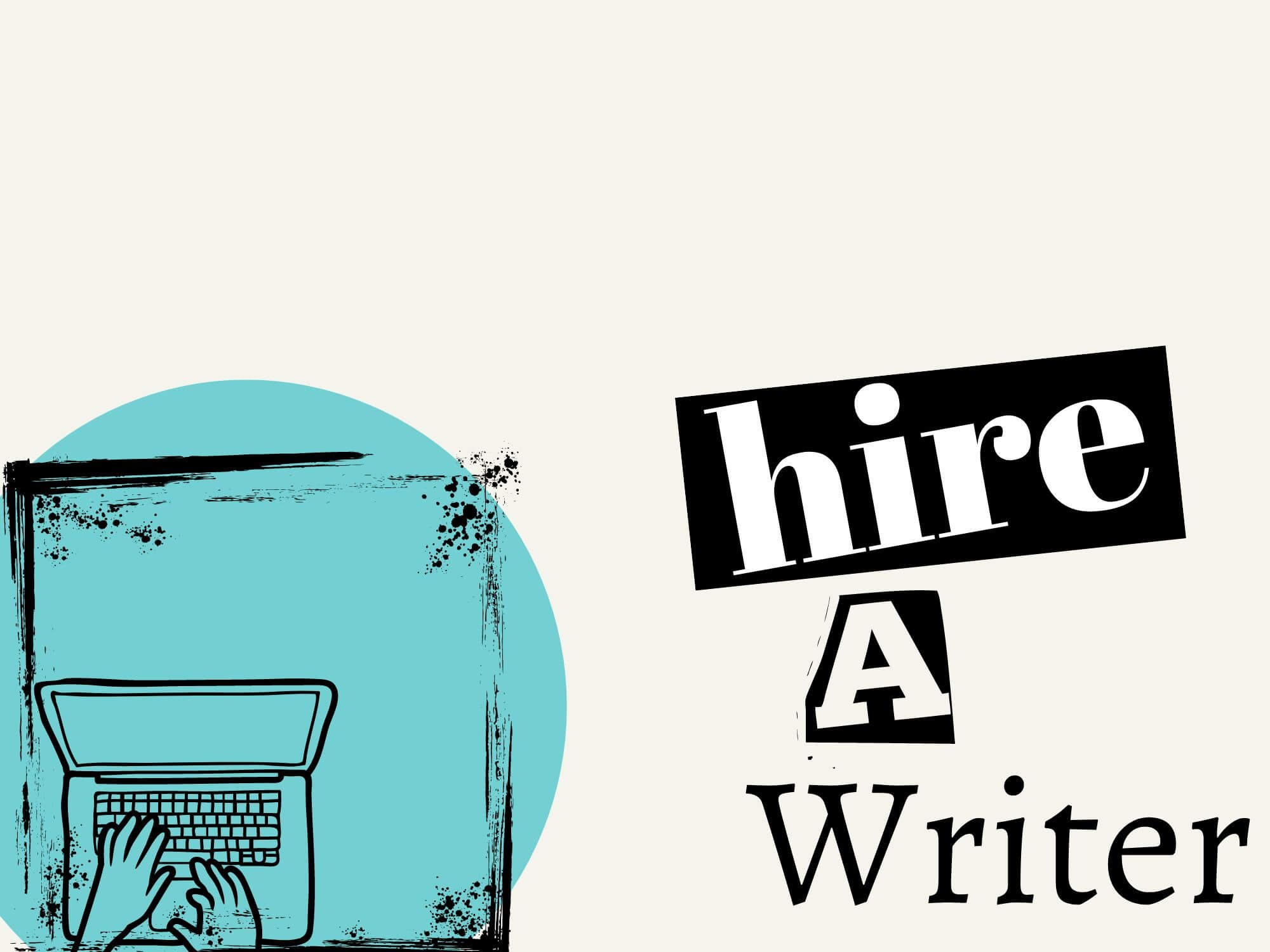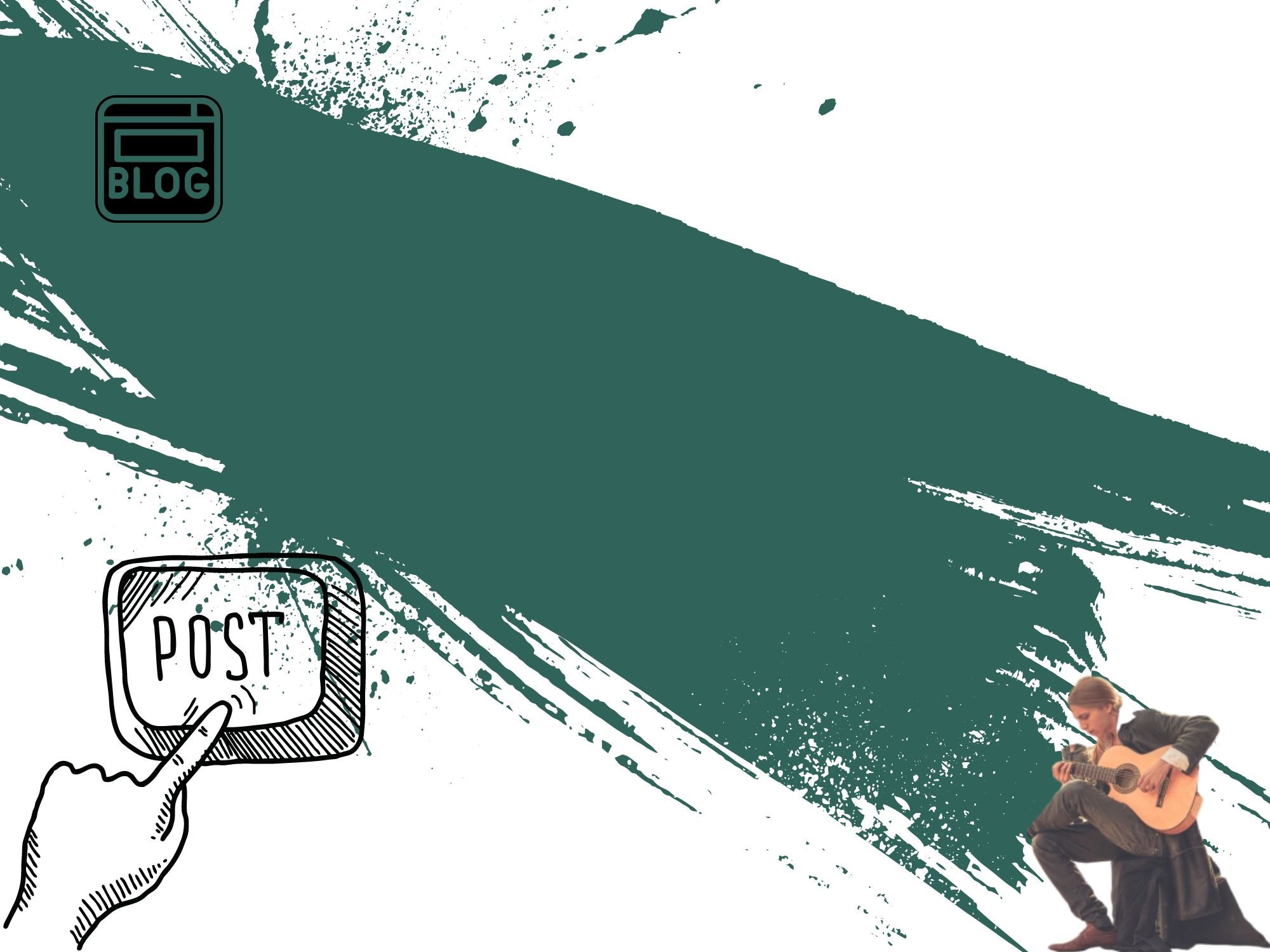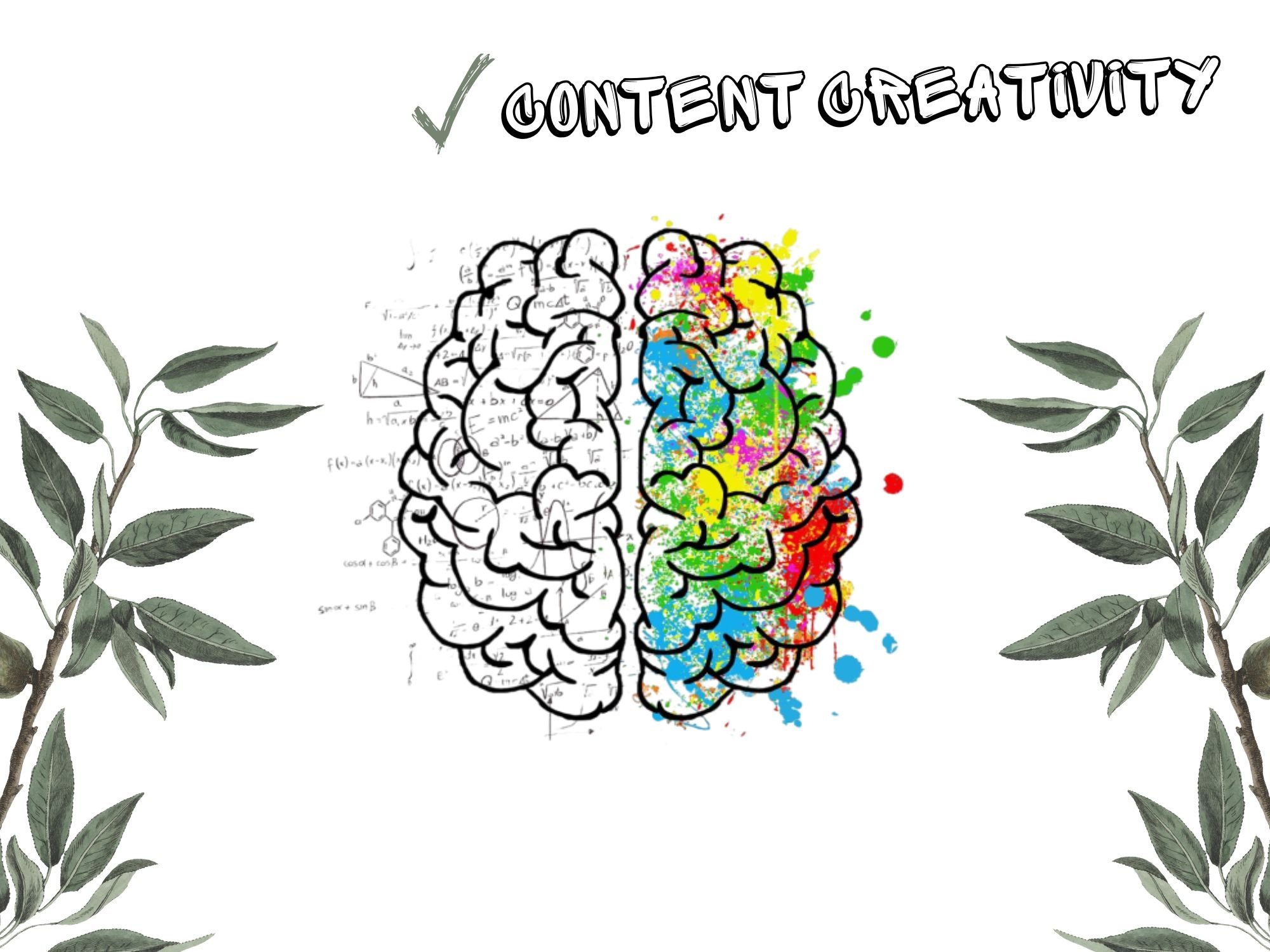How to Start An Art Blog In 5 Steps (+ 50 keywords)
Blogging for artists (or anyone interested in art) is an incredible – but also overlooked – opportunity. So consider yourself “in the know”.
This is my guide on how to start an art blog (and grow it) from scratch.
Let’s get to it.
Table of Contents Show
Why Should I? (benefits + examples)
I’m a traveling musician (mostly in Japan) and I love making art and short film projects.
This blog actually started with a stronger art focus, but it’s evolved a bit (creativity is still a core theme though).
You may already have a clear “why” and some specific blog goals in mind. But here are a few of my favorite reasons to start a blog:
Grow your audience or fan base (outside of social media)
It’s an awesome creative outlet
You can make money – passive income
Learn new in-demand skills (like SEO)
You build authority, trust and credibility in your creative niche
Bolster or grow an email list
Growing a successful blog is a serious boost in confidence and personal pride
Art Blog Examples
There are plenty of examples of art blogs, so this list isn’t exhaustive by any stretch.
But these are just a few examples I’m currently loving.
BOOOOOOOM
BOOOOOOOM focuses on art, photography and design and highlights artists and concepts with a large collection of articles.
The blog has categories for music, film and misc. too – so no artist should feel left out. Also, you can submit your work for a feature.
Brooklyn Street Art
Brooklyn Street Art (BSA) focuses a lot on public, urban art like graffiti to showcase new trends and techniques from artists globally.
I love the focus on street art and the mission of this site – great for some inspiration about how you can niche down.
Moss & Fog
Moss and Fog is a site that shares and curates the best and most inspired visual art in the world.
They live at the intersection of travel, design, science and nature. I love their scope, which reminds me that having some variety in your topics is okay too.
All the Pretty Pandas
All the Pretty Pandas is a fashion-focused blog – because fashion is art. I love her personal touch with her content, giving true meaning to the concept of personal blog.
She covers topics ranging from fashion, beauty and – as she describes – ramblings. Her aesthetic is clean and chic – also perfect for some inspiration.
How to Start An Art Blog (5 steps)
Let’s get on to the good stuff – actually starting an art blog.
These are the core steps I took.
1. Brainstorm Your Niche Theme
Okay, so your main niche is art and creativity. But this is a bit broad.
So I’d dig deeper to find a more specific theme.
For example:
Marketing for art galleries
Independent artists
A personal blog on aesthetic artistic styles and tutorials
Interior design on a budget
Interviews and digital or AI art trends
Travel or cultural art
Of course, if you’re not sure what you want your art blog to be about, starting general is a great strategy too.
The more you write, research and publish, the more you’ll understand what resonates with you and your audience (and the SEO powers that be).
Your niche theme will become value-adding content, which could be either (or a combination of):
And of course, you can also use AI tools like ChatGPT to help brainstorm more unique art niche ideas.
Hot Tip: Layer your interests and expertise to find your unique niche-of-one. For example, I blend music, travel and creative entrepreneurship.
2. Choose A Solid Art Blog Name
Your blog name is your brand – so let’s make it good.
For me, Jake You is a pseudonym – my artist alter ego, if you will.
So if you’re an artist and have an existing identity, you could make your art blog name the same. But of course, you could keep these totally separate too.
Whatever the case, here are some tips for choosing a solid name for your blog:
Think about your domain length (shorter URLs just look better)
Use a free tool like Namelix to brainstorm brandable name ideas
Check if your art blog name is available as a domain (I use Name.com)
Think about how your name represents your brand, niche and content
Be careful with being too specific in your niche (in case you pivot later)
Keep a list of your top ideas
Step away from your list to come back with fresh eyes and objectivity
Be careful with names that are too abstract or difficult to pronounce
Google your art blog name idea to see if there’s existing sites or artists
Have fun
3. Choose Your Blogging Platform
Personally, I use Squarespace for blogging and I've had an awesome experience.
It’s simple and modern – but powerful. But ultimately, it’s up to you, your preferences and your budget.
For example, WordPress is probably the most common option for bloggers. It’s cheaper and a staple in the blogging world – but it also comes with a few technical learning curves.
So in choosing your blog home, here are some tips to help:
Look for platforms other creators are having success with
Don’t rush into it – research and test a few out to find what you like best
Look for strong reputation with good credibility, trust and reviews
Consider things like customer service and/or available resources to learn
Use platforms with solid templates (so you can hit the ground running)
Know your blog goals
Recommended: Squarespace for Artists (Why I Never Looked Back)
4. Find Keywords (+ 50 art keyword ideas)
Keywords are the lifeblood of your content strategy and direction.
Luckily, there are literally billions of phrases being searched in Google everyday – new and old.
So rest assured, there’s more than enough to go around.
Here’s how to find low-competition, high-volume search queries for your art blog:
Start with some self reflection – brainstorm topics you want to talk about
Use free tools like ChatGPT or Answer Socrates for ideation and brainstorming
Check Google to find exact search matches for those topics
Tweak keyword ideas until you find exact phrases that Google autosuggests
Use the People also ask and Related searches on Google for more ideas
Check your keyword competition and search volume
I use Ahrefs’ free Keyword Generator tool
Aim for keywords with a competition of <10 KD (keyword difficulty)
Also look through the first page rankings – are the sites well known or smaller?
Aim for long-tail keywords (longer, more specific searches)
Look for keywords where you can step in and make better content than what’s currently ranking
Always check your keyword’s search intent
What type of content does Google serve you when you search your keyword?
Check currently ranking articles to see what they’re talking about
You want to match your content with the existing search intent
This has been your crash course on keyword research.
Just keep in mind that keyword research and topic ideation is an ongoing process.
But there’s a good chance you’ll become a fellow keyword research nerd – I get jazzed to brim when I find new, untapped keyword opportunities.
Also remember, the goal isn’t always to directly promote your artwork in a blog post – but to do so subtly.
Blog content is an opportunity to bring awareness to your brand and traffic to your site. Always make things about the reader (not sales).
You can always mention your work when relevant or include your artwork as images in your posts (with links for readers to learn more or purchase the artwork).
For example, if you made content for the keyword “gift ideas for aunt and uncle”, you can include your artwork as one gift example.
Alright, here’s a short list of art keyword opportunities to get you started.
Art Keywords List (50 keywords to use)
MSV stands for monthly search volume and KD stands for keyword difficulty (anything less than 10 indicates an easy ranking score).
Feel free to use these as springboards or for your content!
Just remember to do your own research and dig deeper to check search intent – keyword data isn’t always 100% accurate.
-
“why do artists create art” (50 MSV; 6 KD)
“where do artists get their ideas” (30 MSV; 11 KD)
“the life of an artist” (150 MSV; 5 KD)
“what makes good art” (250 MSV; 8 KD)
“good art vs bad art” (30 MSV; 2 KD)
“art is for everyone” (70 MSV; 4 KD)
“art reflects life” (150 MSV; 12 KD)
“role of an artist” (60 MSV; 3 KD)
“valentines day paintings” (700 MSV; 1 KD)
“emotional artworks” (20 MSV; 3 KD)
“love is love art” (80 MSV; 0 KD)
“art in everyday life” (40 MSV; 1 KD)
“art connects us” (10 MSV; n/a KD)
“diversity in art” (80 MSV; 9 KD)
“sustainable art” (450 MSV; 5 KD)
“quotes about art and creativity” (450 MSV; 14 KD)
“art for a cause” (90 MSV; 9 KD)
“artistic sensibility” (60 MSV; 0 KD)
“how to decorate a small living room with high ceilings” (50 MSV; 12 KD)
“how to buy local art” (20 MSV; n/a KD)
“prints for dorm room” (50 MSV; 1 KD)
“benefits of public art” (50 MSV; 12 KD)
“is art subjective” (1.1K MSV; 4 KD)
“travel wall art” (300 MSV; 3 KD)
“adventure artwork” (30 MSV; 0 KD)
“how to support local artists” (20 MSV; 9 KD)
“what to do with old artwork” (20 MSV; 0 KD)
“recycling art” (250 MSV; 14 KD)
“art as a gift” (20 MSV; 4 KD)
“retirement gifts for a teacher” (20 MSV; 7 KD)
“gift ideas for aunt and uncle” (150 MSV; 3 KD)
“niche gifts” (70 MSV; 8 KD)
“how to create nft art without coding” (70 MSV; 3 KD)
“buy digital art” (200 MSV; 11 KD)
“buy digital art for commercial use” (40 MSV; 0 KD)
“what is a digital artist” (150 MSV; 15 KD)
“how to frame prints” (150 MSV; 10 KD)
“types of art frames” (70 MSV; 8 KD)
“metal frame artwork” (10 MSV; 6 KD)
“industrial artwork” (250 MSV; 2 KD)
“industrial wall art” (800 MSV; 2 KD)
“dark industrial interior design” (80 MSV; 7 KD)
“why art is expensive” (40 MSV; 5 KD)
“artists who paint music” (30 MSV; 12 KD)
“artists who paint emotions” (30 MSV; 5 KD)
“artists who draw buildings” (20 MSV; 6 KD)
“famous artists who can't draw” (20 MSV; 1 KD)
“starving artist stereotype” (20 MSV; 6 KD)
“art stereotypes” (70 MSV; 0 KD)
“art that tells a story” (250 MSV; 9 KD)
Hot Tip: Create content that matches the Google search results. For example, if there are many images, be sure to optimize your images for this keyword.
5. Write + Optimize
The last step is to put your keywords to work and create content for your art blog.
This is the exciting part.
We just need to make sure we’re optimizing things for Google ranking before we publish. So here’s another crash course (this time on SEO).
SEO (search engine optimization) is how search engines like Google read your website, understand what it’s about and rank it accordingly.
So we need to make sure our blog is in a “language” that search engines understand. Here’s how.
Use your keyword in your main H1 title (in the front)
Aim to use your keyword in your intro (within the first ~100 words)
You may use your keyword or close variations of it for H2 or H3 subsections
Use related keywords and cover a topic in full
For example, related keywords and topics for “start an art blog” include phrases “art blog examples”, “art keywords” and “blog benefits”
Write organically and never keyword stuff
Make things scannable and easy to read
For example, use bulleted lists and lots of blank space
Compress your images to at least 500 KB or less
This will keep your website fast
Make great content and write from experience when you can
Recommended: How I Stay Productive As A Blogger
BONUS (looking ahead…)
It’s hard to fully predict how AI will change keyword research and keyword use.
But one thing’s for sure, the future of blogging is rapidly unfolding in real time.
I’m predicting SEO and keyword research will become increasingly conversational (with more ChatGPT-style searching and voice-based searches).
And things like social blogging, using video and blog engagement are more rabbit holes worth exploring.
AI’s ultimate impact on the blogging process is hard to predict, but something to keep a close eye on.
I subscribe to The Rundown newsletter to stay in the loop on AI trends and new tools.
But I’m here to say worry not!
The standard tactics and strategies for growing a blog still work now and will probably continue to work. There just may be tweaks and shifts here and there.
New technologies and updates to the “rules of the game” are just part of the deal.
Consistency + Mindset Matters…
A successful art blog requires a lot of attention and “watering”.
Blogs don’t grow overnight and cultivating a long-term mindset is key.
For me, I try to think in years (not months) and I work to reframe obstacles and setbacks as opportunities and learning moments (i.e., a growth mindset).
So my parting advice is to set realistic time horizons with your blog goals, foster a growth mindset and stay the course.
Consistency and simply showing up pays off more than any new trick or hack.
Want More? Check Out These Sweet Reads!


